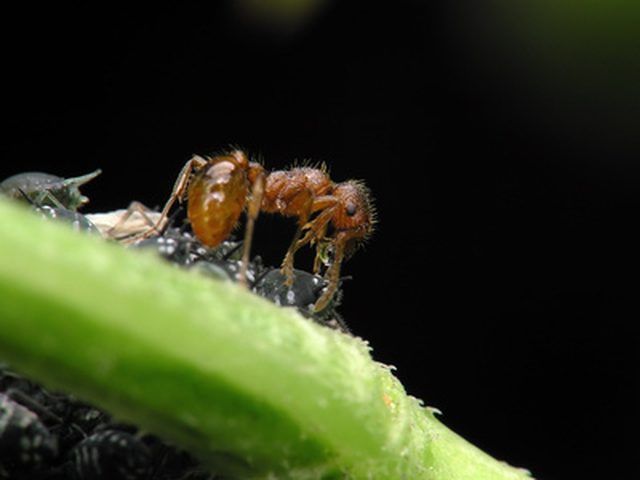Bulbs
Flower Basics
Flower Beds & Specialty Gardens
Flower Garden
Garden Furniture
Garden Gnomes
Garden Seeds
Garden Sheds
Garden Statues
Garden Tools & Supplies
Gardening Basics
Green & Organic
Groundcovers & Vines
Growing Annuals
Growing Basil
Growing Beans
Growing Berries
Growing Blueberries
Growing Cactus
Growing Corn
Growing Cotton
Growing Edibles
Growing Flowers
Growing Garlic
Growing Grapes
Growing Grass
Growing Herbs
Growing Jasmine
Growing Mint
Growing Mushrooms
Orchids
Growing Peanuts
Growing Perennials
Growing Plants
Growing Rosemary
Growing Roses
Growing Strawberries
Growing Sunflowers
Growing Thyme
Growing Tomatoes
Growing Tulips
Growing Vegetables
Herb Basics
Herb Garden
Indoor Growing
Landscaping Basics
Landscaping Patios
Landscaping Plants
Landscaping Shrubs
Landscaping Trees
Landscaping Walks & Pathways
Lawn Basics
Lawn Maintenance
Lawn Mowers
Lawn Ornaments
Lawn Planting
Lawn Tools
Outdoor Growing
Overall Landscape Planning
Pests, Weeds & Problems
Plant Basics
Rock Garden
Rose Garden
Shrubs
Soil
Specialty Gardens
Trees
Vegetable Garden
Yard Maintenance
How Is a Queen Ant Chosen?
How Is a Queen Ant Chosen?. As with social insects like wasps and bees, ant colonies have at their center an egg-laying queen. For many years, scientists believed that the development of a queen ant was very similar to that of a queen bee; in bee society, queens develop precisely because a regular larva is fed royal jelly. This special diet...

As with social insects like wasps and bees, ant colonies have at their center an egg-laying queen. For many years, scientists believed that the development of a queen ant was very similar to that of a queen bee; in bee society, queens develop precisely because a regular larva is fed royal jelly. This special diet transforms a would-be worker bee into a fertile queen.
However, scientists are learning that ant queens develop through a more complicated (and poorly understood) process that varies across the thousands of ant species in the world.
Destined to be Worker or Queen
Among ant species like the harvester ant, queens are decided while still in the egg. The original queen will lay worker eggs and future-queen eggs. There is no data to suggest that diet effects this fate at all. Queens are instantly recognizable, differing at birth from her peers by the presence of wings, a larger body and ovaries. In effect, she is born to breed.

To Fertilize or Not to Fertilize
Ants come in one male variety and two female varieties.
Male ants develop from unfertilized eggs. Their primary purpose is to mate with the queen and then die. This mating gives sperm to the queen, which she stores and uses during her entire life. Some queens can live up to 15 years.
Females come from fertilized eggs. The most common type of female is the worker ant. She herself is infertile.
Other females are the future queens of future colonies. Their hormone levels are unique, giving them the ability to produce eggs after their mating flights.
Promoting a Queen
There are more than 12,000 species of ants, and, therefore, much variety. In certain species in which queens physically resemble workers (except for their ability to lay eggs), a new queen can be promoted from the common ranks and her hormone levels will change, allowing her to become fertile. This process is not entirely understood, and the question of why one commoner is promoted over another is still a mystery.
Genetic Influences
Queens gather sperm from many males during their one-time mating flights. Recent studies have suggested that male genetics plays an important and perhaps decisive effect; this research shows that if a queen and male of the same genetic background mate, the result will be lots of queen eggs. If a queen mates with males of a different background, fewer queen eggs are produced.
One of the reasons queens mate with multiple males--and store the sperm of these varying suitors--is for all future egg-production decisions, researchers believe.
Theories/Speculation
Unlike bees, ant reproduction is an area of ongoing research with few definitive answers. While it is known how male and female ants are produced, the selection of a female queen remains a matter of speculation. Factors such as chemical, environmental and worker-to-queen ratio have all been advanced as possible explanations. The sheer number of ant species also complicates the issue.